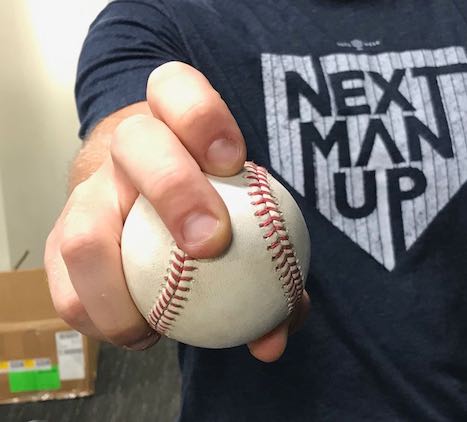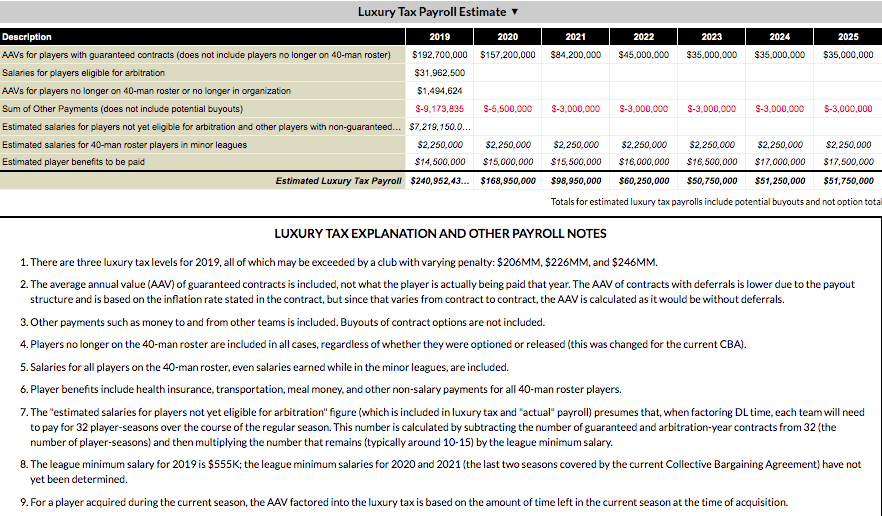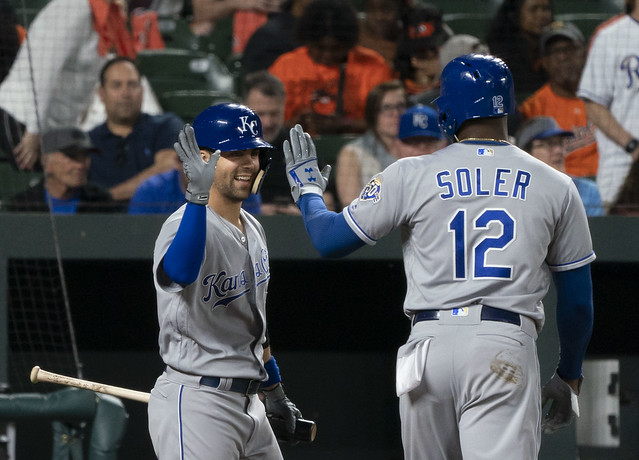A Dispatch From the WBSC U-18 World Cup: RHP Yasunobu Okugawa
I’ve spent the past 10 days in Busan covering the WBSC U-18 World Cup. You can check out some of my write-ups here, here and here. I was going to write up on several prospects in this post, but I felt like Japanese right-handed pitcher Yasunobu Okugawa, who struck out 18 Canadian hitters in seven innings in his September 5 start, warranted his own article.
Yasunobu Okugawa (Japan), RHP
If I had to choose the best prospect of the tournament, there’s no doubt it would be Okugawa. The 18-year-old righty made headlines earlier this season by leading his high school to the Koshien finals and hitting 95.7 mph. Along with Roki Sasaki, Okugawa was one of the players most sought after by major league scouts on the Japan team. He pitched against Canada on the first day of the Super Rounds on September 5, and he delivered on the hype, and then some.
Okugawa has long legs and a slightly skinny frame that also has an athletic look. He is not maxed out yet, but I don’t see him adding too much to his frame. He has a high, three-quarter arm slot and does an excellent job repeating the same arm action on different pitches. His arm speed is basically identical on his fastballs and offspeed pitches. He has a long stride and keeps his body in line into landing. From leg kick to foot strike, Okugawa does not have much wasted movement – he lines his body well directly to the home plate. Unlike many young pitchers at the tournament, Okugawa was consistent in finding his release point and was not prone to opening his shoulders too early. There’s a bit of effort to his release, but it’s not much of a concern for me. He does not have much of a leg kick when pitching out of the stretch, but the rest of the delivery looked consistent with his usual windup. Read the rest of this entry »





 Jay Jaffe
Jay Jaffe